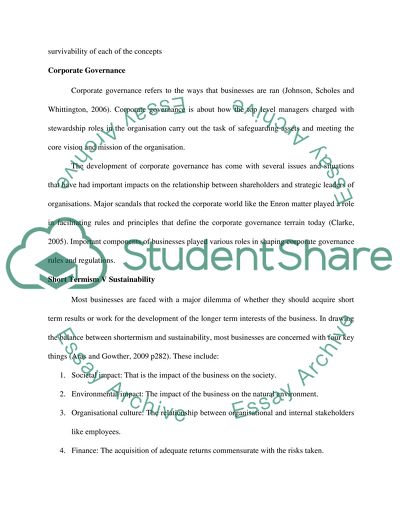Cite this document
(“The four models of corporate governance as outlined by Letza et al Essay”, n.d.)
The four models of corporate governance as outlined by Letza et al Essay. Retrieved from https://studentshare.org/finance-accounting/1400237-contemporary-corporate-governance-issues-msc-risk
The four models of corporate governance as outlined by Letza et al Essay. Retrieved from https://studentshare.org/finance-accounting/1400237-contemporary-corporate-governance-issues-msc-risk
(The Four Models of Corporate Governance As Outlined by Letza Et Al Essay)
The Four Models of Corporate Governance As Outlined by Letza Et Al Essay. https://studentshare.org/finance-accounting/1400237-contemporary-corporate-governance-issues-msc-risk.
The Four Models of Corporate Governance As Outlined by Letza Et Al Essay. https://studentshare.org/finance-accounting/1400237-contemporary-corporate-governance-issues-msc-risk.
“The Four Models of Corporate Governance As Outlined by Letza Et Al Essay”, n.d. https://studentshare.org/finance-accounting/1400237-contemporary-corporate-governance-issues-msc-risk.


